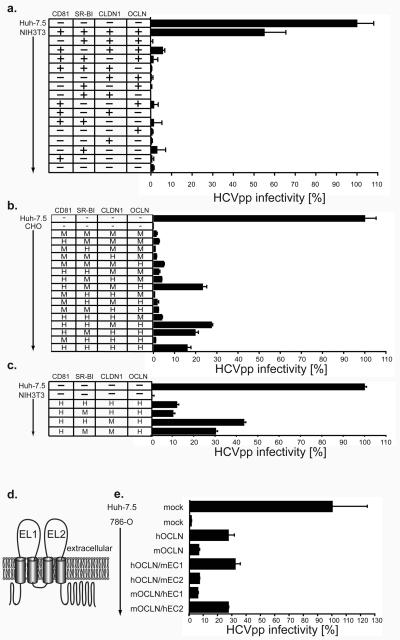Figure 3. Expression of human OCLN and human CD81 determines HCV species tropism.
a, Mouse NIH3T3 were transduced with combinations of human pTRIP-CD81 (CD81), pTRIP-SR-BI (SR-BI), pTRIP-mCherry-CLDN1 (CLDN1) and pTRIP-OCLN (OCLN). Hamster CHO (b) and NIH3T3 (c) cells were transduced with combinations of human (H) and mouse (M) pTRIP-mCherry-CD81 (CD81), pTRIP-SR-BI (SR-BI), pTRIP-Cerulean-CLDN1 (CLDN1) and pTRIP-Venus-OCLN (OCLN). d, Diagram of OCLN membrane topology12. e, 786-O cells were transduced with mouse/human OCLN chimaeras; all chimaeras were N-terminally tagged with Venus yellow fluorescent protein. Transduced cells (a, b, c and e) were challenged with HCVpp and VSVGpp encoding GFP reporters and HCVpp infectivity calculated and normalized as described in methods. Means and SD of at least duplicate experiments are shown.

